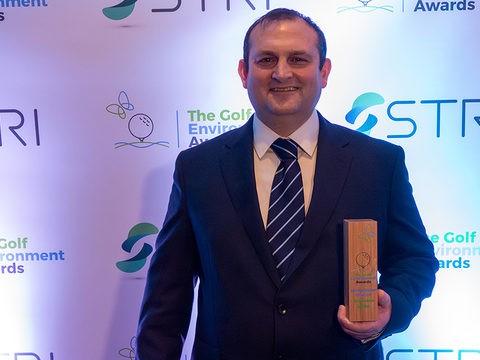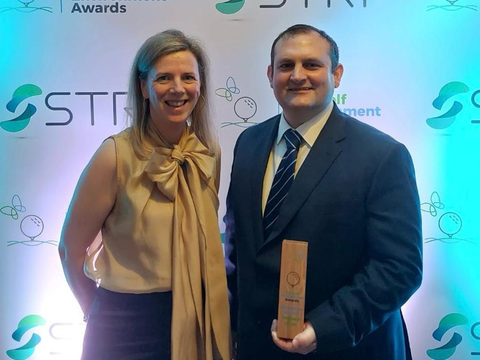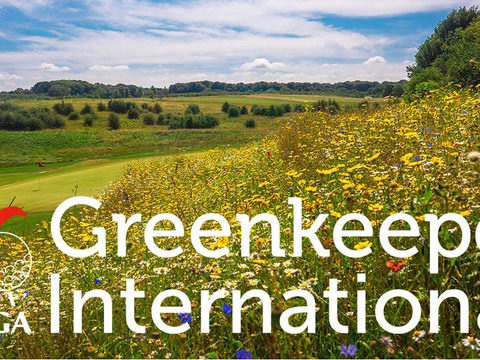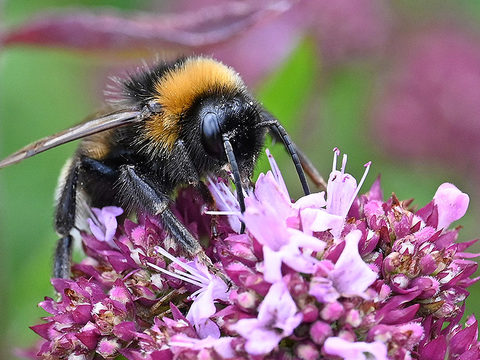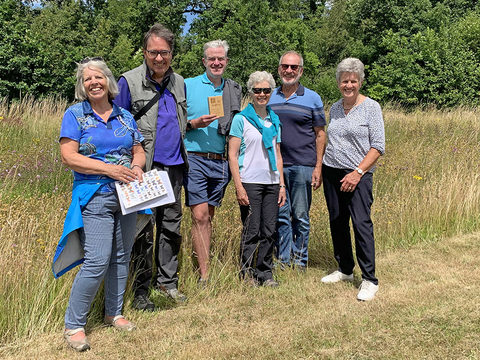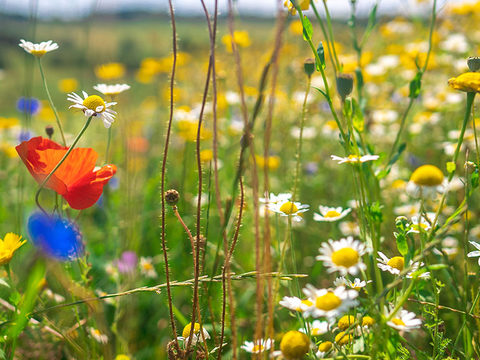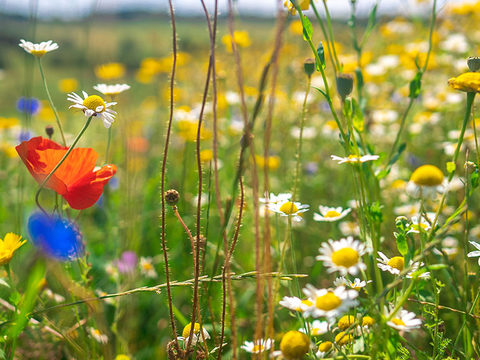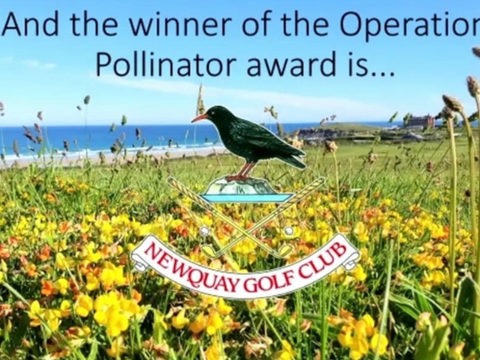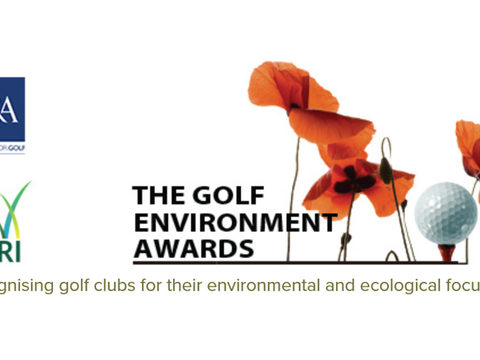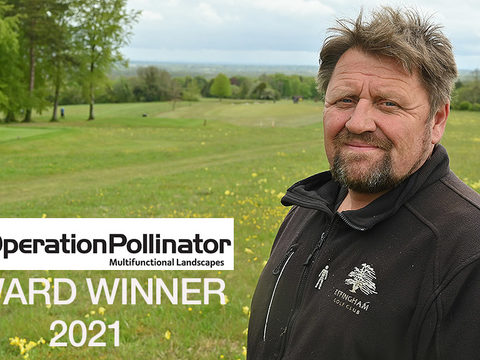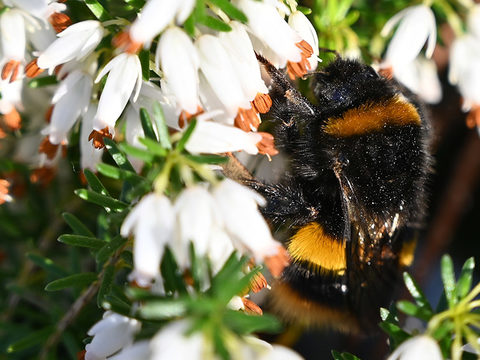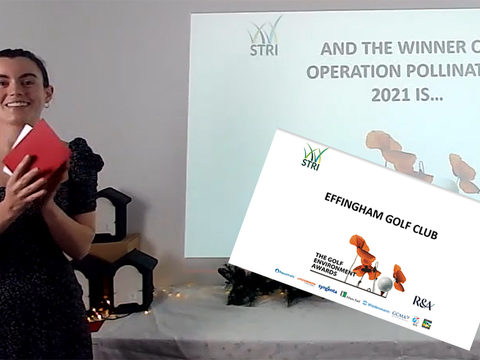Sustainability matters
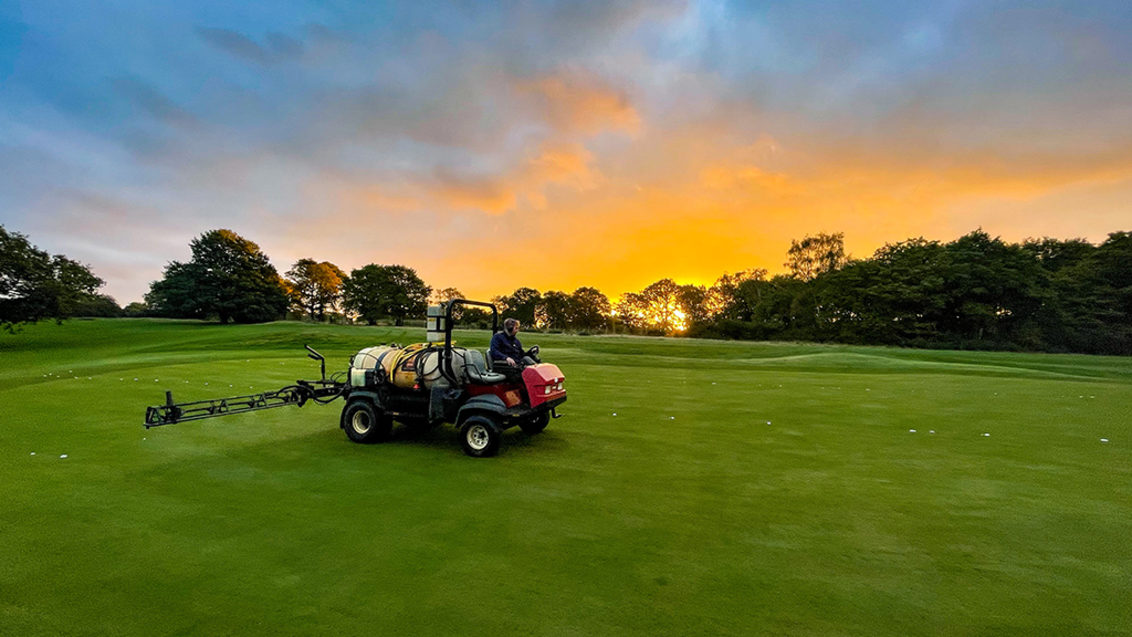
Sustainability is one of those buzzwords that can strike fear of creating reams of bureaucracy, with no deliverable benefits. And while some sustainability initiatives do carry an associated cost, many measures in turf management have an economic benefit for the club, along with agronomic advances for greenkeepers.
Furthermore, most sustainable practices are fully compatible with Integrated Turf Management strategies – and in many instances are already being implemented by greenkeepers on a day-by-day basis, writes Syngenta Turf & Landscape Business Manager, Sarah Hughes.
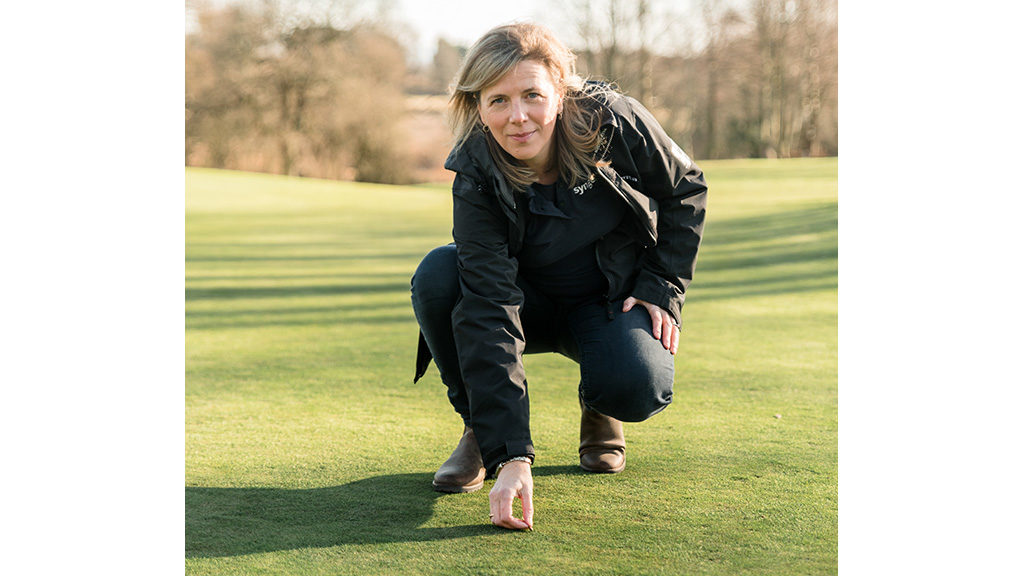
A focus on new technologies, including innovative chemistry and exciting biocontrols, along with digital tools to aid decision making, will help greenkeepers to achieve more efficacy from less input. Now these technological advances are being delivered with the proven capability from extensive R&D, to fully understand how they can be best utilised in ITM strategies.
One of the mantra’s of the Syngenta sustainable fungicide philosophy is to ‘use as little as possible, but as much as necessary’.
Studies by the STRI and others have repeatedly shown that preventative application at periods of high disease risk, but just before symptoms are visible, can maintain better disease control and improved surface quality from fewer applications over the course of the season, compared to routine prophylactic application or treatment after the pathogen has broken out.
Together with modern preventative chemistry, which achieves results with a far lower active ingredient loading, compared to older curative contact products, for example, an investment in digital tools has brought great dividends. Disease modelling of turf pathogens under UK conditions has identified when and where infection is most likely to break out. Coupled with detailed weather data, that has enabled attacks to be reliably forecast in time for greenkeepers to make proactive preventative treatments.
Available free on the Syngenta Turf website, many greenkeepers and agronomists now use the tool as an integral part of their decision-making process. The future will see the development of more accessible and easier to interpret information, providing better guidance for specific turf management activities – Right product; Right time; Right place.
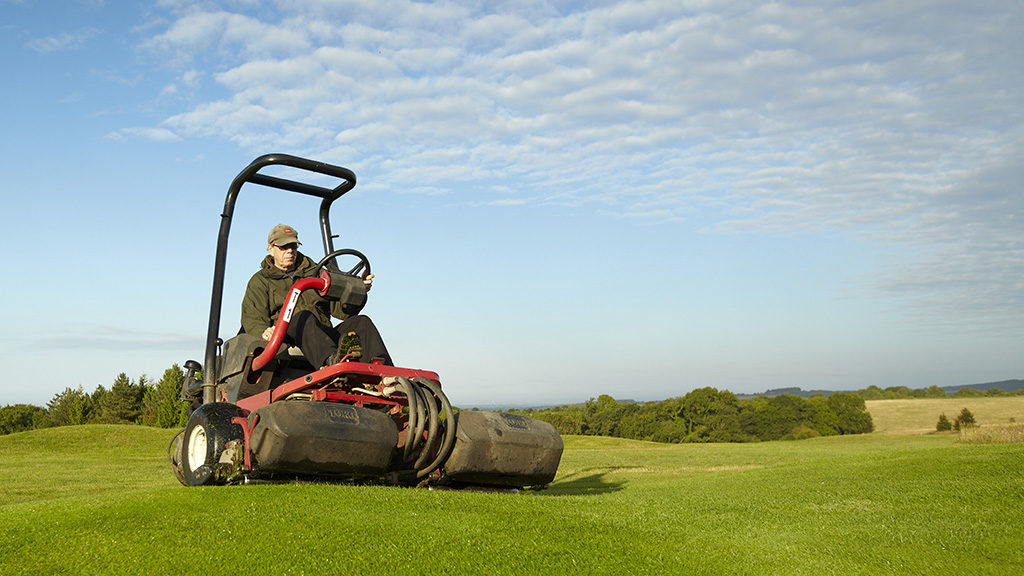
Exciting new fungicide chemistry is in the registration process for UK greenkeepers, however approvals are likely to be subject to greater limitations on the number of applications or the areas to be treated. That makes it even more important to use them as part of an ITM strategy from the outset, along with protecting the efficacy of the product portfolio that is already available.
Better targeting of treatments, rotating the chemistry used and optimising application techniques are all crucial elements of the stewardship of products that can help ensure the sustainability of their long-term use.
Using other tools in the greenkeeping armoury can significantly lower risks of disease and reduce pressure on plants that will maintain consistent surfaces and help to attain the ever-increasing demands of today’s players.
Turf under stress is more susceptible to a host of issues. Nutrition and biostimulants are well proven to help plants mitigate against stress under difficult conditions – and managing turf under an intense mowing regime throughout the year is inherently stressful.
ITM tools such as Hicure biostimulant and Ryder pigment are well researched and understood for their engineered roles to reduce stress in specific situations. Other products have multiple benefits when it comes to overall turf management and sustainable use.
Primo Maxx II growth regulator, for example, is among the most studied and researched turf products around the world. It’s primary role, to manage turf growth and reduce costs, is proving crucial in current economic conditions and challenges of available labour to mow grass.
But beyond that, reducing clipping yield in peak growth by up to 30% cuts fuel use, machinery maintenance bills and depreciation by equivalent amounts – along with corresponding reduction in carbon emissions.
Reducing clipping also means less to compost or return to the soil - which consequently reduces associated carbon cycle emissions.
A comprehensive study by Cranfield University in the UK concluded that, overall, golf courses could cut carbon emissions by an average of more than 40% with the use of Primo Maxx II programme. Allied to that, the report calculated an average 16 to 20% reduction in mowing costs on managed turf with the programme (Table 1).
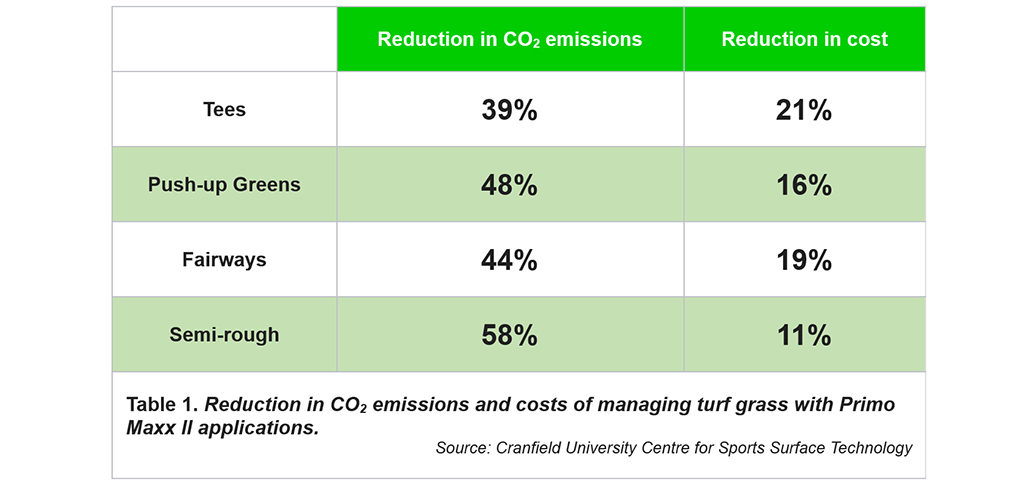
Other research studies have also shown the increased root mass of Primo Maxx II treated plants are better able to scavenge and more efficiently utilise fertiliser inputs, as well as available soil moisture. Physiological effects on the plant concentrates the chlorophyll content of the leaf and enhances leaf moisture retention that improves photochemical efficiency, which limits effects of stress and generates more carbohydrate biomass for root storage.
Trials by Bioforsk in the Nordics identified that stronger plants going into winter with the Primo Maxx II programme showed a 70% reduction in disease incidence, compared to untreated. That has further reinforced the interactions of an ITM strategy that can enhance sustainability.
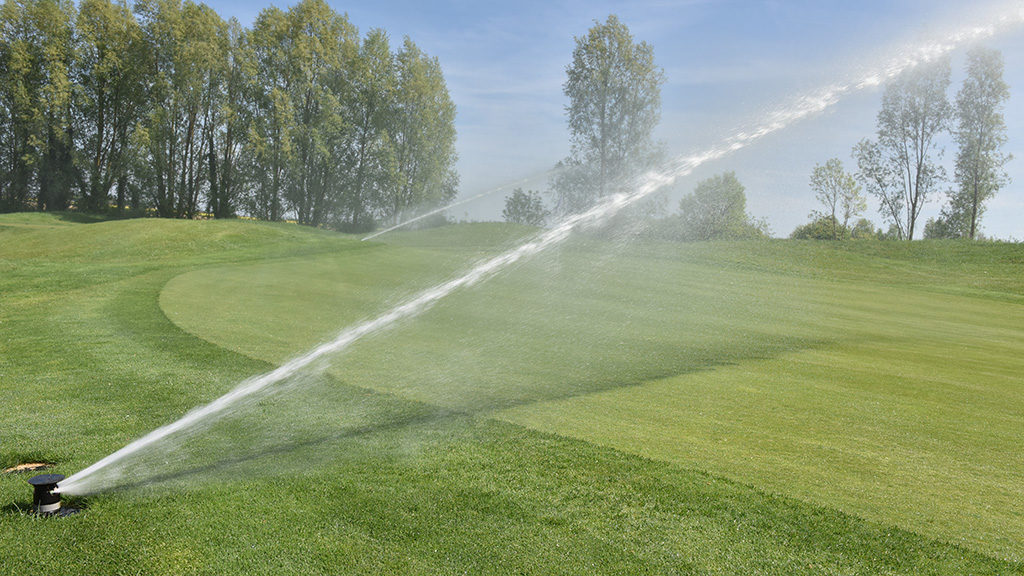
With water use efficiency a key topic of golf course sustainability, particularly in the south and east of England after last year’s extended drought, greenkeepers need to find measures to better manage available resources. The development of pioneering combination wetting agent technology with Qualibra proved it was possible to both maintain surface quality and speed by moving excess water down, while also retaining more soil moisture in the essential root zone.
Incorporating both Primo Maxx II for additional rooting and Qualibra to hold the moisture has proven a great integrated solution for stronger turf.
Qualibra is the mainstay for water use efficiency and optimising performance at Royal Liverpool Golf Club for The Open this year.
Furthermore, to reinforce the sustainability of the whole package and minimise any waste, all Qualibra 500-litre IBCs are now fully recyclable through a Syngenta collection scheme, at no cost to the club. All Syngenta products globally are now manufactured using energy from renewable resources.
Along with the sustainable management of the playing surface, greenkeepers also have a vital role in the wider environs of the golf course estate. Golf courses are often uniquely placed to create extensive areas of relatively undisturbed habitat and without the pressures of modern farming or urban development. Actively managing those out of play areas for maximum biodiversity gain is the underlying principle behind Syngenta’s award-winning Operation Pollinator initiative.
With over 600 clubs across the UK contributing to the overall industry initiative, Operation Pollinator is living testament that golf courses can provide a net gain in ecological value, alongside intensively manged turf. That has been widely acclaimed for creating a more attractive environment for players, and for native flora and fauna.

Ecological studies of Operation Pollinator habitat across five seasons, or example, collected over 1000,000 insects, with a diversity of more than 200 different species a year. That included 99 species known to aid pollination and more than 140 species of specific beneficial interest in maintaining an environmental biodiversity balance.
The Operation Pollinator Awards, as part of the annual Golf Environment Awards, showcase some of the great examples, along with highlighting the positive action on all courses.
Syngenta is also highly active in maintaining the social sustainability of the greenkeeping community, through initiatives such as education in safe use of products, application techniques and innovative packaging and handling that will minimise the risk to operators.
Improved handling of packaging reduces the risk of polluting point source contamination spills, along with a new development in closed transfer systems tailored to amenity situations that will directly transfer product into the sprayer with zero operator exposure and no risk of spill.
Furthermore, supporting BIGGA, the Greenkeepers Benevolent Fund and the Continue to Learn programme are all measures that help and empower the long-term development and success of greenkeepers.
For social sustainability, golf as an industry is widely acknowledged as making a huge contribution to players’ health and mental well-being. Syngenta has invested significantly in supporting initiatives to encourage an untapped opportunity for women and young people to take up the game, through the love.golf campaign, that adds to their well-being, and importantly brings welcome extra revenue to clubs for a sustainable business.
The drive for Sustainability can inspire innovation and put focus on making best use of every input, which is positively beneficial for everyone involved in the industry.


